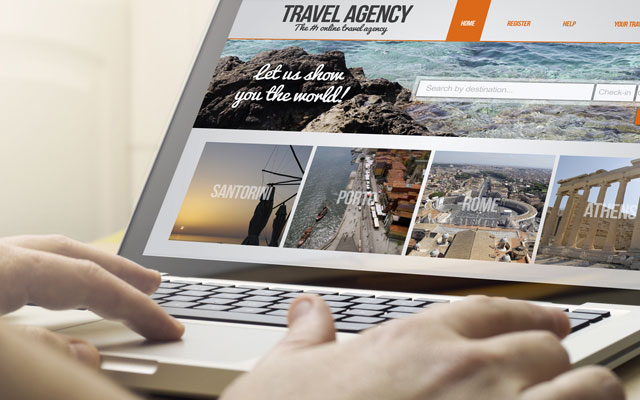OTAs are working to strike a balance between technology and physical customer service, challenging the notion that online players lack the human touch.
Examples of this surfaced at Digital Travel APAC 2019 yesterday, after chatter about perceptions that OTAs do not commit to customer care.
Robyn Grassanovits, vice president traveler services, Cirium, said: “Players need to look beyond the initial sell, take care of the end-to-end process and actually deliver what the traveller pays for. For OTAs, it has been about providing that information at the point of sales, but they cannot forget about the delivery of that product and taking care of the traveller throughout that journey.”

To research the balance between technology and the human touch, India-based OTA Yatra conducted tests on the use of a service support chatbot versus service officers. The experiment found that while using a chatbot was “very cost effective”, the ratings on customer satisfaction and connection fell short, observed Vaibhav Suri, Yatra’s senior vice president & head of domestic holidays.
He explained: “Customers were looking for a human being to help them resolve an issue faster. They were not satisfied with chatting to a bot. When human customer support was implemented, customer satisfaction and connection ratings were through the roof. They were satisfied with talking to a human being and getting the problem solved by a person.”
Recognising this, some OTAs have pumped large investments into customer care resources. For example, Ctrip Group-owned Trip.com has launched two in-house call centres in Tokyo and Shanghai to “handle customer concerns with full-time employees who can empathise”, explained Peter Yoshihara, general manager, Japan, Trip.com.
“Our customer service employees have to pick up a call within two rings – that’s how important the customer is to us. This is especially so in Japan where earthquakes and other natural disasters happen frequently. We want to make sure that nobody is left behind,” he explained.
In this space, Ctrip has found a solution that marries technology and the human connection. In China, where travellers are starting to eschew mass group tours for free-and-easy arrangements, the OTA has tweaked its model to now provide travellers with a dedicated travel guide or destination expert who is available on WeChat and video chat, shared Brett Henry, president director, MG Holiday Group.
As OTAs start replacing emphasis on the human touch, players admit that the process is still slow going. Trip.com’s Yoshihara expressed: “Customer experience is still a work in progress for us. (Things) have changed quickly, but we’re still far behind, and great investments are required to make sure the customers are happy. It will take time, but at the rate of the changes happening, we will be on the same playing field as the bigger OTAs soon.”




















